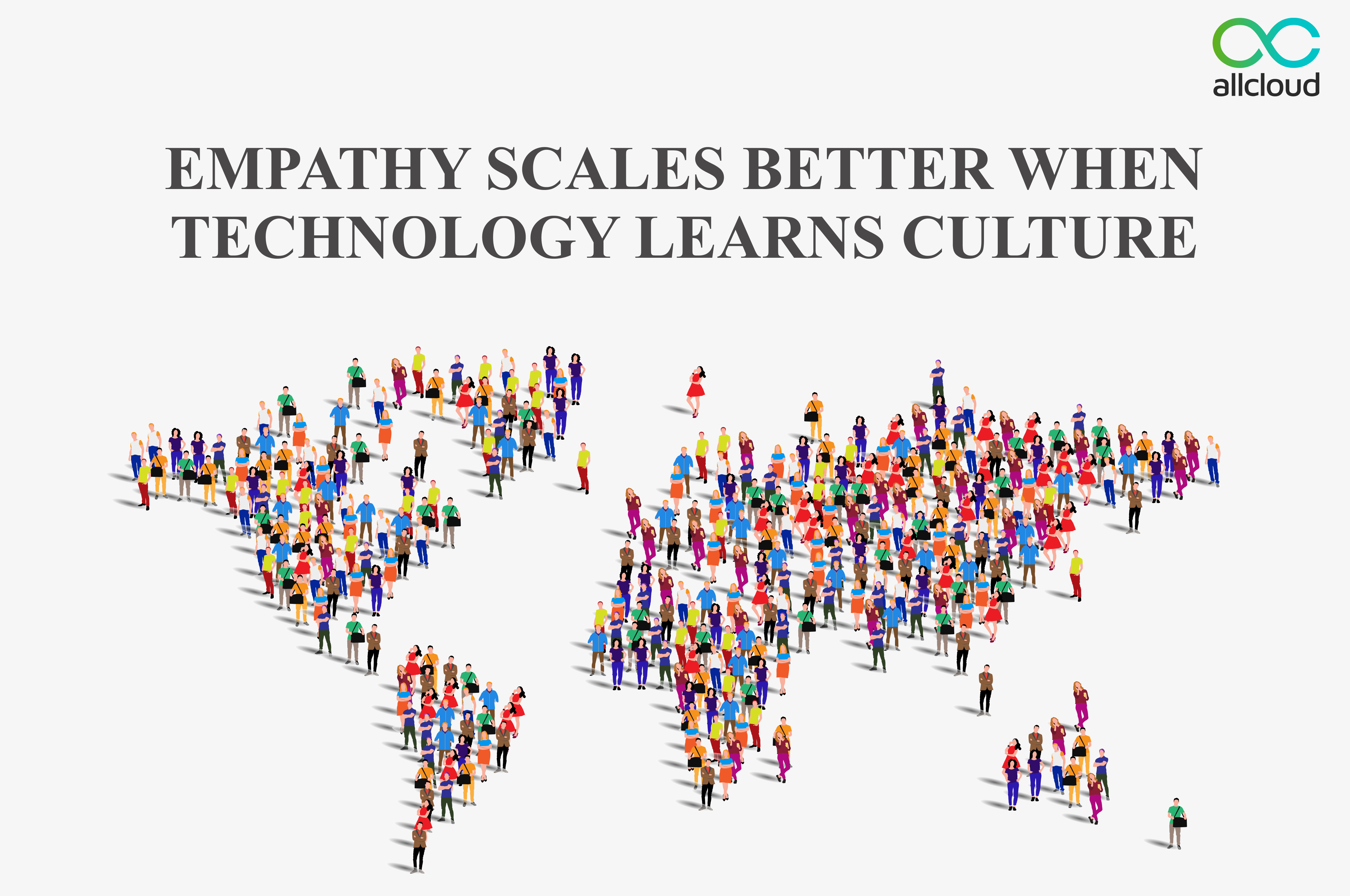Building Trust: Best Practices for Customer Data Security
Get In Touch

Heading 1
Heading 2
Heading 3
Heading 4
Heading 5
Heading 6
Lorem ipsum dolor sit amet, consectetur adipiscing elit, sed do eiusmod tempor incididunt ut labore et dolore magna aliqua. Ut enim ad minim veniam, quis nostrud exercitation ullamco laboris nisi ut aliquip ex ea commodo consequat. Duis aute irure dolor in reprehenderit in voluptate velit esse cillum dolore eu fugiat nulla pariatur.
Block quote
Ordered list
- Item 1
- Item 2
- Item 3
Unordered list
- Item A
- Item B
- Item C
Bold text
Emphasis
Superscript
Subscript
In the rapidly evolving world of FinTech, lending solutions have revolutionized access to credit. However, with great convenience comes immense responsibility - safeguarding the sensitive financial data entrusted by customers. Building trust through robust data security measures is no longer an option, it's the cornerstone of success.
This blog delves into the best practices for customer data security in fintech lending solutions, ensuring both safety and a competitive edge:
1. Laying the Security Foundation:
- Embrace Zero-Trust Architecture: Ditch implicit trust - assume every access attempt is suspicious. Multi-factor authentication, granular access controls, and data encryption have become the norm.
- Data Minimization: Collect only the information necessary for lending operations. Avoid unnecessary data retention, minimizing exposure in case of a breach.
- Secure Development Lifecycle (SDLC): Integrate security throughout the software development process, from initial design to deployment and maintenance. Regular vulnerability assessments and penetration testing become crucial.
2. Encrypting Every Step of the Way:
- Data at Rest and in Transit: Utilize strong encryption standards like AES-256, safeguarding data regardless of its location. Transport Layer Security (TLS) protects data while moving between systems.
- Pseudonymization: Substitute personally identifiable information (PII) with non-identifiable substitutes for analytical purposes while preserving data utility.
3. Transparency and Open Communication:
- Clear Privacy Policies: Define what data is collected, how it's used, and with whom it's shared. Make policies easily accessible and understandable.
- Regular Data Breach Notifications: Be proactive and transparent in the event of a breach. Promptly inform affected customers and outline remedial actions taken. Invest in Customer Education: Raise awareness about data security practices. Educate customers on phishing scams, password hygiene, and responsible online behavior.

4. Compliance and Regulatory Landscape:
- Adherence to Data Protection Laws: Stay updated with data protection regulations like the RBI's guidelines on cyber security and the upcoming Personal Data Protection Bill.
- PCI DSS Compliance: For companies handling card payments, adhere to the Payment Card Industry Data Security Standard (PCI DSS) to secure cardholder information.
- Build a Positive Relationship with Regulators: Proactively engage with regulatory bodies, demonstrating commitment to compliance and best practices.
5. Beyond Technology: People and Processes:
- Security Awareness Training: Regularly train employees on data security risks, best practices, and incident response procedures.
- Segregation of Duties: Implement access controls that limit employee access to sensitive data based on their job roles and responsibilities.
- Regular Backups and Disaster Recovery Plans: Ensure swift data recovery in case of disasters or technical failures. Conduct regular backups and test recovery procedures.
- Thirds party Audits: Appoint a Cert-In accredited third-party auditor to audit systems is also a good approach to find out if there are any open vulnerabilities and threats to your system.
Building Trust Through Action:
Implementing these best practices sends a clear message to customers: their data is valued and protected. This, in turn, fosters trust, promotes brand loyalty, and ultimately drives success in the competitive Indian fintech lending landscape.
Remember, data security is not a one-time feat, but an ongoing commitment. By continuously prioritizing and evolving your security posture, you can build a fortress of trust around your customers' most sensitive information.

.png)




